Best Time To Visit Everest Base Camp: The Ultimate Guide
Choosing the best time to visit Everest Base Camp is crucial for a successful trek, whether you are an avid hill climber or a weekend explorer. Everest Base Camp is a dream for many trekkers across the globe, as they get to witness the grandeur of the highest mountain on Earth.
Rightly, the best season for visiting Everest improves your trekking experience and allows you to appreciate the region's beautiful scenery and rich culture. Proper preparation and understanding of the periods will maximize the experience in this world of wonder so let’s get into it.
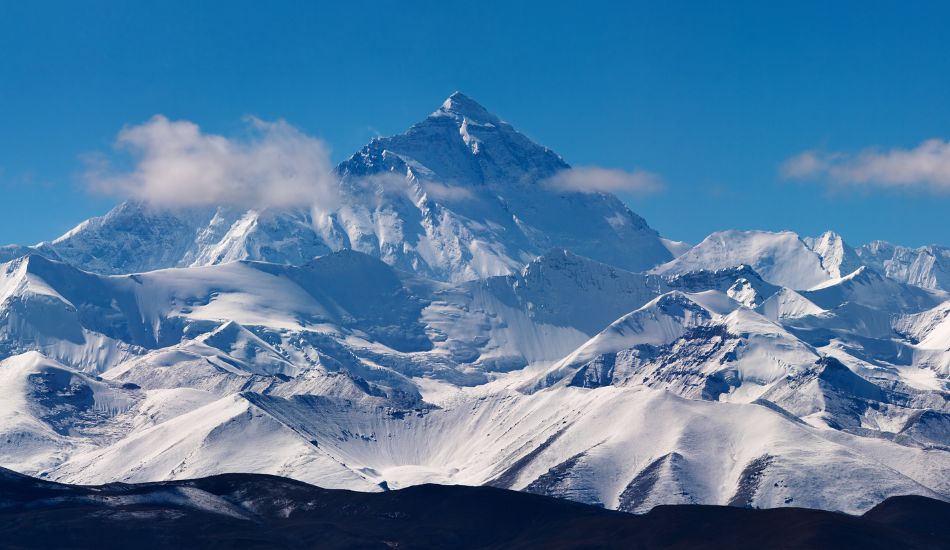
Best Time to Visit Everest Base Camp
The timing of your climb to Everest Base Camp can make or break your experience. Now let's explore the best times of year for this amazing voyage:
Spring (March to May):
Ideal Weather:
In spring, the temperatures are modest enough to enable trekkers to walk along the paths conveniently without the strain of heat. The days are longer than usual, which gives you enough light to carry out your activities. This appealing weather is very welcoming for novices and experienced trek lovers.
Stunning Scenery:
Spring is a season of colors and flora on the trails. The landscape is beautiful, with a mixture of vibrant colors and white peaks if one is feeling cold. It makes the journey worthwhile.
Clear Views:
The beautiful clear skies during this time allow for full views of the great Everest and other mountains within its vicinity. The season’s visibility is at its best, which makes it a photographer’s paradise. Every angled shot along the way will be worth it, and this will make one want to click as much as the knees allow.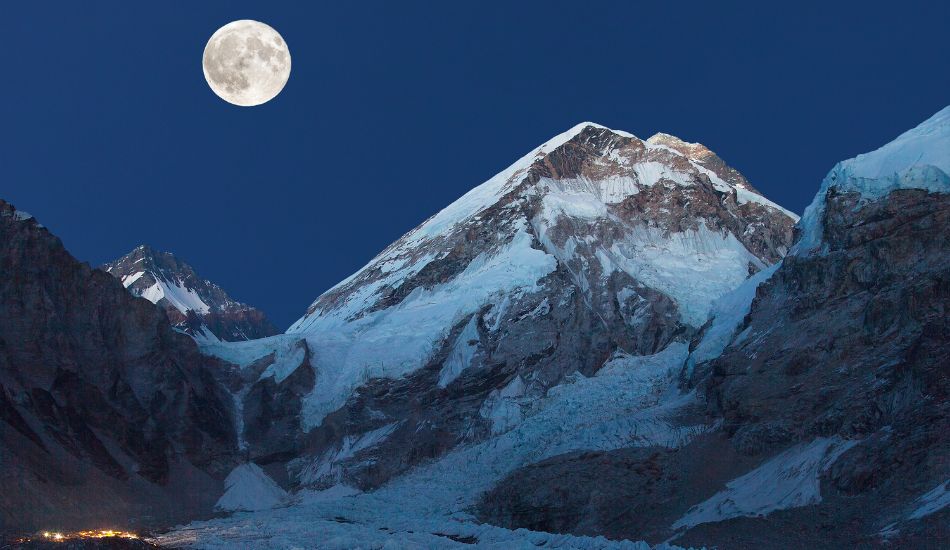
Feature Trip: Everest Three High Passes Trek
Summer (June to August):
Monsoon Season:
When the summer season is in full swing, a lot of rain pours, and the once parched terrain is painted green. Muddy paths and wet grounds are also unavoidable, making trekking more difficult. However, there are those who embrace the rain and remain comfortable due to their love for thrills and excitement.
Challenges Ahead:
Since the monsoon season can bring the risk of landslides in some areas, going on a trek may be difficult in certain places. Also, expect delays and changes in the schedule because of weather conditions. Trekkers are advised to wear appropriate equipment for wet and slippery surfaces as well.
Unique Adventure:
Trekking in the summer can be an interesting affair for daredevils due to the limited foot traffic on the trails. You will enjoy the vegetation at its best while the region’s cool, refreshing breezes will also be experienced. But prepare yourself for the weather’s unpredictability!
Autumn (September to November):
Stable Conditions:
The weather during the autumn season may be consistent and offer very little rainfall due to the cessation of the monsoons, which relieves many. This creates an optimum for treks since most trekking trails are much drier and easier to walk on. Also, the nice temperatures allow for good working conditions while hiking.
Breathtaking Views:
Now that the monsoon is over, the mountains are at their best, with excellent visibility. The trees in the fall present a beautiful encasement for hiking. There will be many chances to admire the great mountain ranges of the Himalayas.
Less Crowded:
Autumn generally sees less company of people on the trails compared to spring, which is the high season. This implies you will likely have a more tranquil and calm trekking session. Keeping off the crowds allows one to appreciate nature and the surrounding people’s culture even more.
Read Our Blog: Everest Base camp Trekking Route
Winter (December to February):
Harsh Conditions:
During the winter season, extremely low temperatures can be experienced, often going below freezing. Such harsh climatic conditions make it almost impossible to go trekking, even for the most experienced adventurers. Anyone planning a winter trek should have the right gear and preparation.
Not Ideal for Most:
Winter is the least preferred season for trekking, mainly due to the harsh weather that overwhelms trekkers most of the time. This inhospitable environment involves freezing temperatures, and snow does not help since hikers can still expect to face difficult aspects such as extreme weather. This season is usually advised for confident and experienced trekkers alone.
Snow-Capped Beauty:
Despite the difficulties, the scenic views with snow on the ground are captivating. The stillness of snow-clad mountains leaves an inexplicable feeling. If you’re courageous enough, winter trekking gives you a different outlook to Everest Base Camp.
Choosing the right season is key to enjoying the beauty and excitement of your journey to Everest Base Camp!
Now, let’s learn how Everest Base Camp’s temperature differs throughout the year.
What to Pack For Everest Base Camp Trek
Everest Base Camp Temperature by Month
The annual temperature range at Everest Base Camp is rather extreme, with sharp consequences for the possibility of trekking. Here's a brief explanation of it season-wise:
Spring (March to May):
The average daytime temperature is between 8°C and 15°C (46°F and 59°F); however, nights may fall below -10°C (14°F). Sunny days and cool nights create favorable trekking conditions without excessive warmth.
Summer (June-August):
The summer season entails the monsoons, which bring about increased humidity and daytime temperatures of approximately 15°C to 20°C (59°F to 68°F), but at night, they may fall as low as 0°C (32°F). Due to the rain and clouds, it may be difficult to see the mountains, so expect to get wet.
Autumn (September-November):
The average daytime temperatures are between 12°C and 16°C (54°F to 61°F), while at night, they can drop to around -5°C and -10°C (23°F and 14°F). Due to reduced rainfall, clear and sunny weather makes it possible to trek and enjoy the scenery.
Winter (December-February):
Come winter, very low temperatures are the order of the day; the daytime temperature thrives in a range of -5°C to 5°C (23°F to 41°F), with the nighttime temperature going to -15°C (5°F) or thereabouts. The low temperatures and snow make the trekking experience strenuous yet vividly breathtaking.
Having recognized such temperature trends, you know when to go to make the Everest Base Camp Trek enjoyable!
Everest Base Camp Trek Time
The best time to visit Everest Base Camp also depends on how long you plan to trek, as different seasons affect the duration and difficulty of the journey. This is usually relative to the length of the trek because different seasons will positively or negatively affect the length and difficulty of the journey. Generally, it takes about 12 to 14 days, but this could change depending on how fast one moves or how long one has to acclimatize. In this case, there will be seasonal variations in the time taken to complete the trek: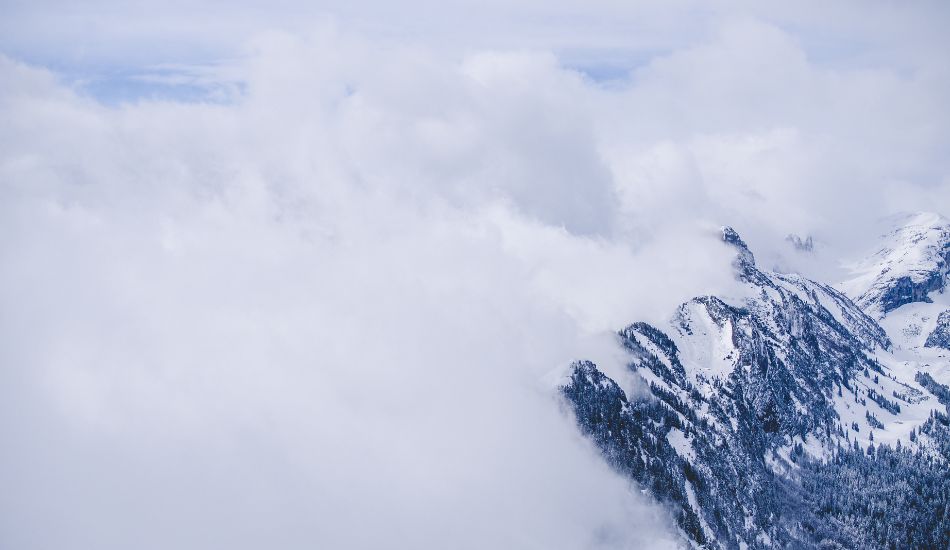
Spring (March to May):
Temperatures are moderate, and the weather is not too bad; hence, it will be easy to keep the pace consistently. This time, the trek is usually 12 to 14 days so that the trekkers can appreciate and relish the flowers and clear skies.
Summer (June to August):
Monsoon season comes with rain, which means mud and a possibility of sliding down some of the steep trails. Weather patterns may come between the trekkers and visibility levels, which in turn may stretch the trek to about 14 to 16 days. Also, the chances of flight delays to Lukla must be considered when planning the trip.
Autumn (September to November):
Considered the peak period for trekking EBC, autumn offers wonderful, clear weather with pleasant trekking temperatures. Most treks are about 12 to 14 days in duration, and there are no weather delays.
Winter (December to February):
In the winter season, there is usually very heavy snow and extreme cold; therefore, more gear is necessary for winter treks. The low-altitude base trek still takes about 14 days. The conditions make this tough, especially when the cherished high passes are being passed. Trekkers should only be taken out in this season by experienced ones who have no issues with altitude.
When making the trip schedule, it is important to remember that Everest Base Camp trek time can be longer or shorter depending on fitness level, how long the trekker wishes to acclimatize and the weather climbers are going for during their season. You can read our blog to know about how hard is everest base camp.
Conclusion
When it comes to choosing the best time to visit Everest Base Camp, spring and autumn stand out as the best trekking seasons. These months provide favorable weather conditions, superb scenery, and little to no obstacles on the paths, which favor productive undertakings.
For those who dislike large crowds or crave something different, summer and winter treks have their allure, but they also come with a following downpour or biting cold. Whether it is due to the cost of the Everest Base Camp trek, or other things, simply to check it off the list because each season has something to give.
It is also worth knowing about the possibility of organizing any additional activities with regard to the temperature at Everest Base Camp by month and the overall Everest Base Camp trek time so that you can make the most of your adventure. Hence, do not forget to pack appropriate things, travel during the peak season, and prepare for the ultimate expedition to the highest peak on this planet!
FAQs
What is the best time to go to Everest Base Camp?
The best time to visit Everest Base Camp is spring (March to May) and autumn (September to November). These months offer stable weather, clear skies, and comfortable temperatures for trekking.
What months can you do Everest Base Camp?
You can trek to Everest Base Camp year-round, but the most popular months are March to May and September to November. Winter and summer treks are possible but have additional challenges like extreme cold and monsoon rains.
What is the best month to go to Mount Everest?
October is the best month to trek to Everest Base Camp. It falls in autumn, when the weather is stable, the skies are clear, and the views are stunning.
What is the coldest month in Everest Base Camp?
The coldest month at Everest Base Camp is January, with temperatures dropping as low as -15°C (5°F) or even lower at night. Due to snow and freezing temperatures, trekking during this time is more challenging.
Is Everest Base Camp for Beginners?
Yes, Everest Base Camp can be done by beginners, but it requires proper preparation, fitness, and acclimatization. While no technical climbing skills are needed, the trek is physically demanding due to the altitude.
Is Everest Base Camp worth it?
Absolutely! Everest Base Camp is worth it for its breathtaking views of the world's tallest peaks, the rich Sherpa culture, and the sense of accomplishment. Each season offers a unique experience, but autumn and spring treks are particularly rewarding.

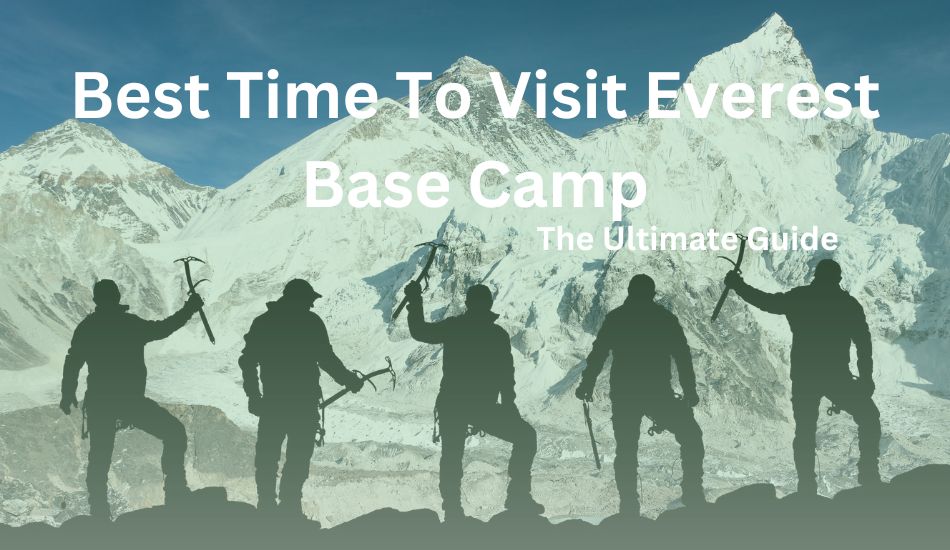
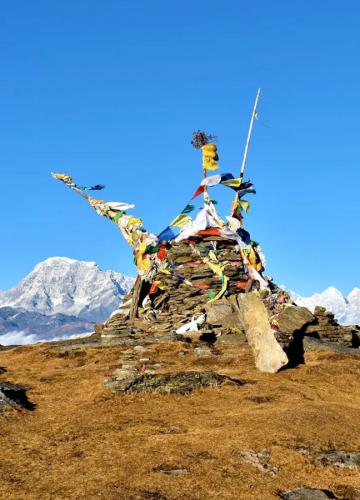
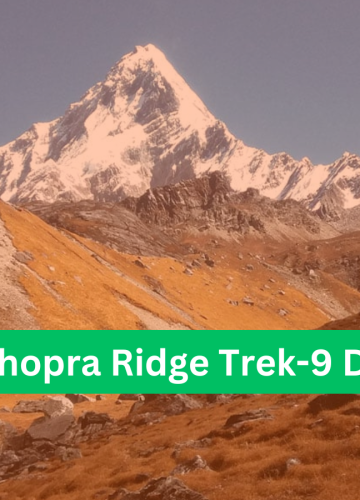
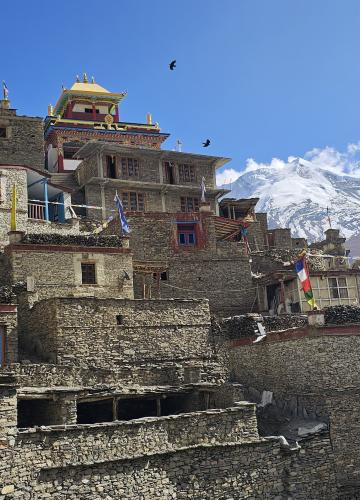
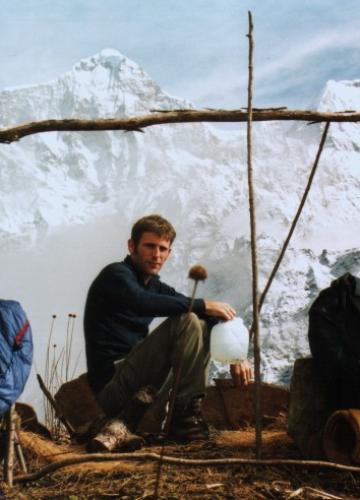
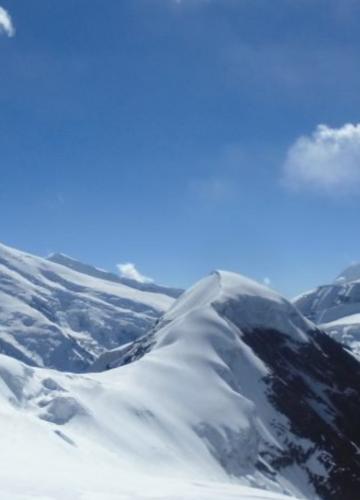

Leave Your Comment